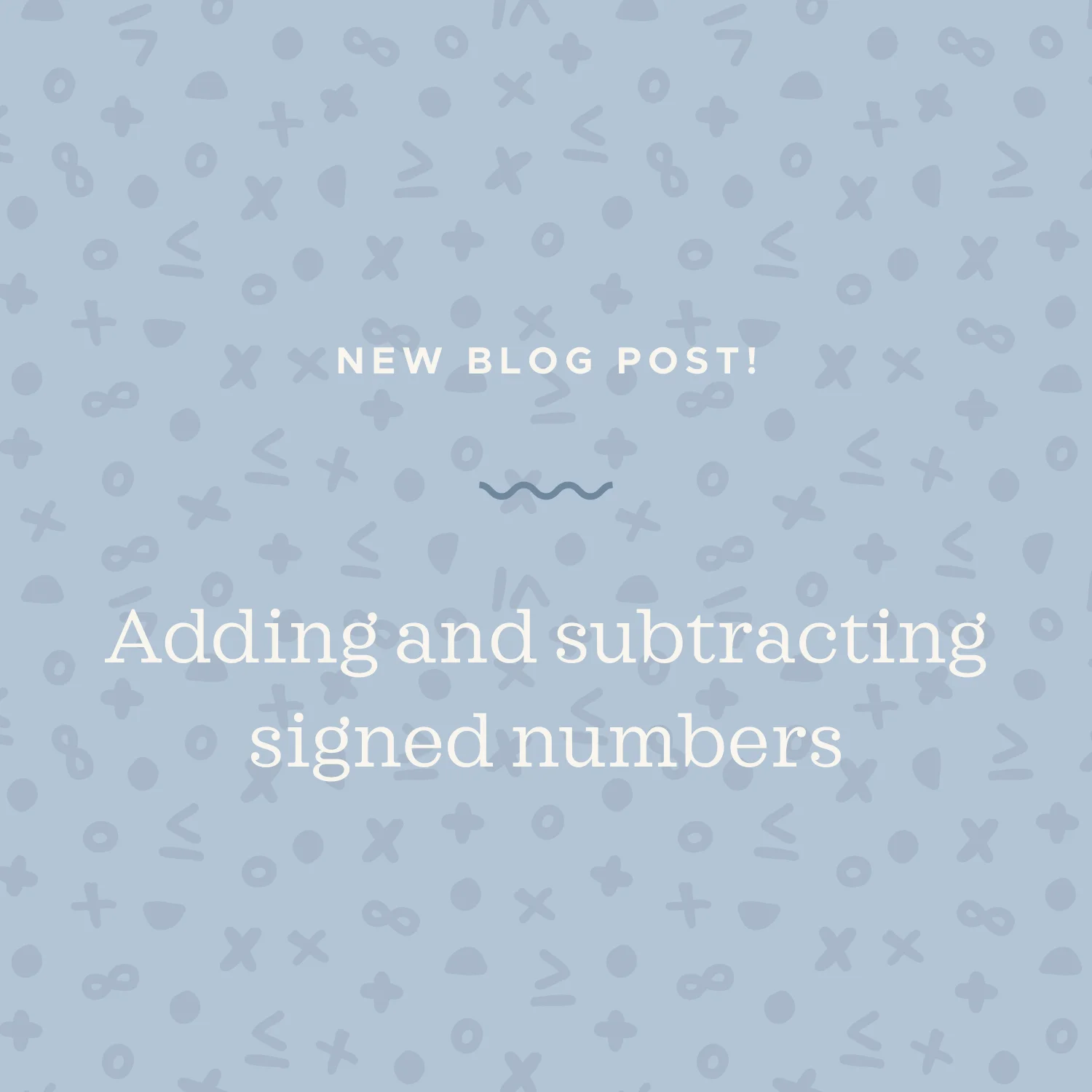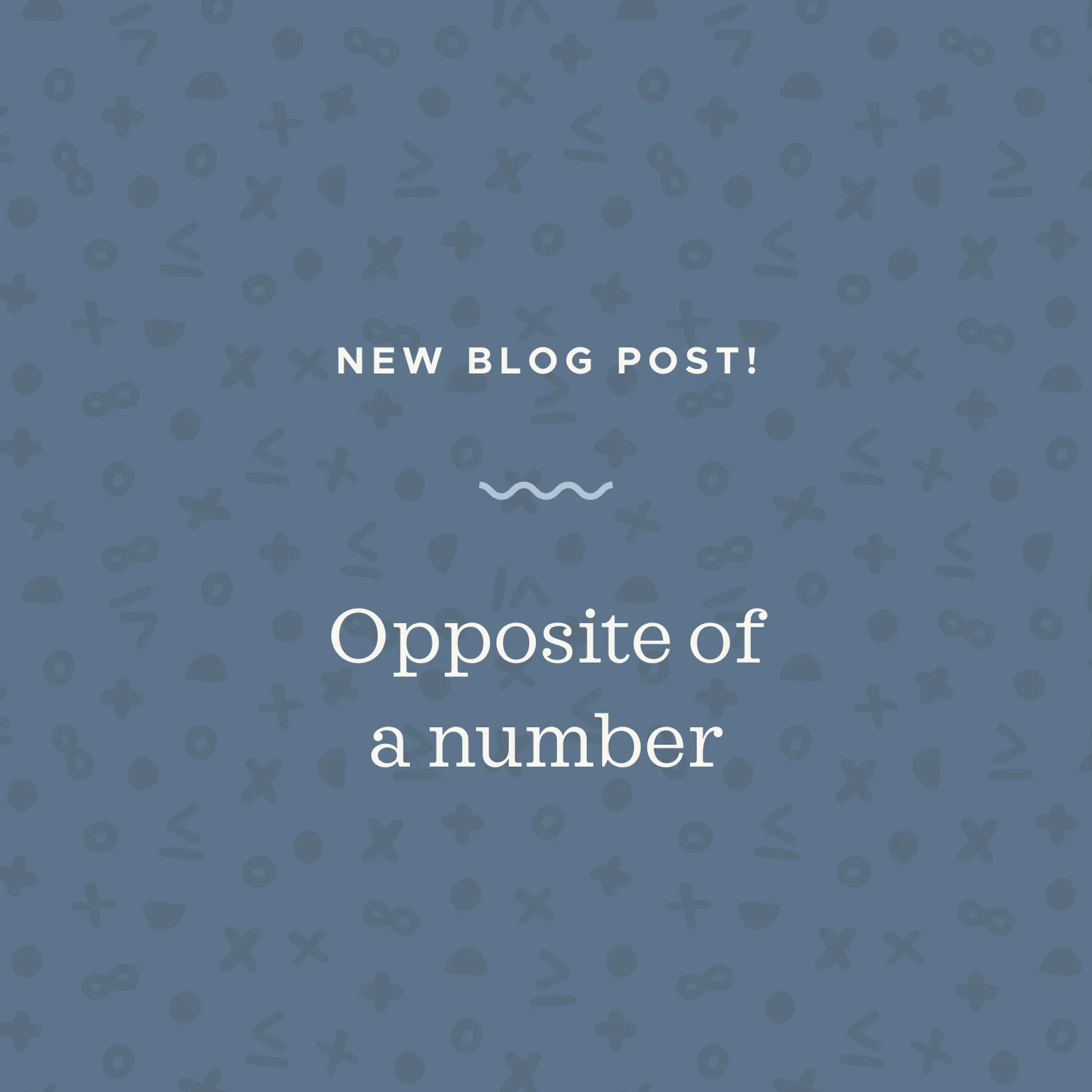Think about signed numbers just as positive and negative numbers. Positive numbers have positive signs (even though we often write positive numbers without actually putting a positive sign in front of them), whereas negative numbers have negative signs. So 3, 7, and 11 are all positive numbers, but -2, -6, and -9 are all negative numbers.
Read MoreWhen we talk about the “opposite of a number,” we’re specifically talking about the positive and negative versions of the same number. Now that’s not a technical definition by any means, so let me show you what I mean.
Read MoreAs a reminder, signed numbers are positive and negative numbers. When we divide signed numbers, therefore, there are three possible combinations. We could be dividing 1) two positive numbers, 2) two negative numbers, or 3) one positive number and one negative number. When the signs are the same, the quotient will be positive, but when the signs are different, the quotient will be negative.
Read MoreWe solve inequalities the same way we solve equations, except that when we multiply or divide both sides of the inequality by a negative number, we have to do something special to it. Anytime you multiply or divide both sides of the inequality, you must “flip” or change the direction of the inequality sign.
Read More





